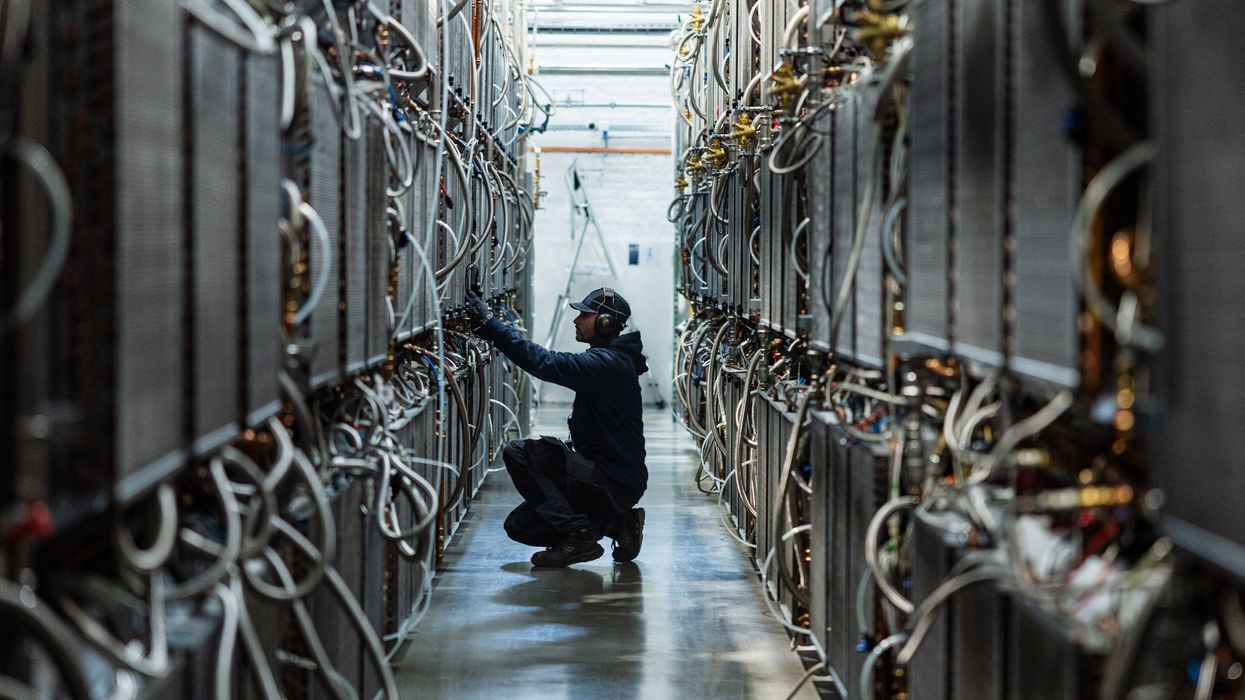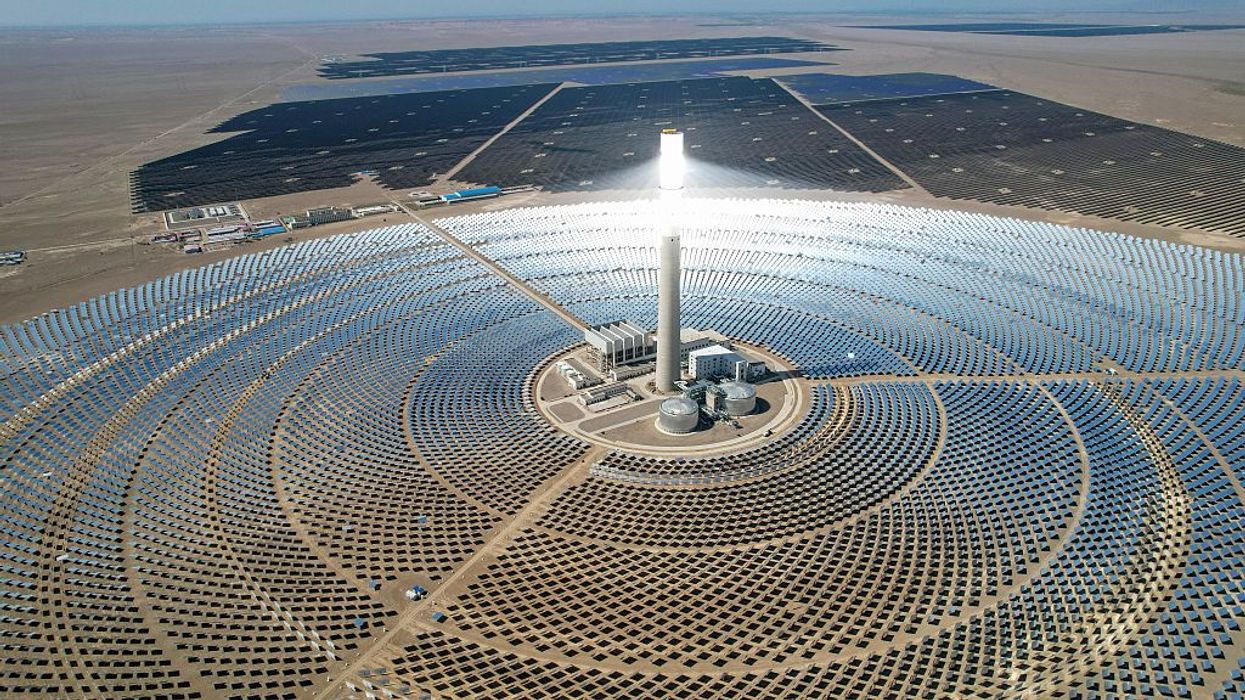Global Energy Report Offers Choice for Humanity: Renewable Transition or 'Dystopian Future' Pushed by Trump
"At COP30, governments must reject this nightmare fantasy, uphold a just transition, and choose a fast, fair, and funded fossil fuel phaseout," said one climate campaigner.
An International Energy Agency report published Wednesday underscores that world leaders are at a crossroads and must decide whether to embrace an ambitious transition to renewable energy or succumb to the agenda of US President Donald Trump and others bent on propping up the planet-wrecking fossil fuel industry.
The IEA said in its flagship World Energy Outlook that under a so-called "current policies scenario," oil and fracked gas demand could continue to grow until the middle of the century, complicating the organization's earlier projections that global fossil fuel demand could peak by 2030.
The change came amid pressure from the Trump administration and Republican lawmakers in the United States, the largest historical emitter of greenhouse gases. The New York Times noted Wednesday that "Republicans in Congress have been threatening to cut US government funding to the IEA if it does not change the way it operates."
"In an essay posted online, the authors of this year’s report said they were restoring the current policies scenario because it was appropriate to consider multiple possibilities for the way the future might unfold," the Times added. "They did not say they were responding to pressure from the United States."
Fatih Birol, the IEA's executive director, said in a statement that the scenarios outlined in the new report "illustrate the key decision points that lie ahead and, together, provide a framework for evidence-based, data-driven discussion over the way forward."
Under all of the scenarios examined by the IEA, "renewables grow faster than any other major energy source" even as the Trump administration works to roll back clean energy initiatives in the US and promote fossil fuel production.
China, the report states, "continues to be the largest market for renewables, accounting for 45-60% of global deployment over the next ten years across the scenarios, and remains the largest manufacturer of most renewable technologies."
The analysis was released as world leaders gathered in Belém, Brazil for the COP30 climate talks, which the Trump administration is boycotting while lobbing attacks from afar.
David Tong, global industry campaign manager at Oil Change International, said the IEA report "sets out a stark and simple choice: We can protect people and communities by safeguarding 1.5ºC [of warming], settle for a disastrous business-as-usual 2.5ºC, or choose to backslide into a nightmare future of much higher warming."
"This year's report also shows Donald Trump's dystopian future, bringing back the old, fossil-fuel intense, high-pollution current policies scenario, charting an unrealistic pathway where governments drag their energy policies backwards and rates of renewable energy adoption stall, leading to high energy prices and unmitigated climate disaster," said Tong. "At COP30, governments must reject this nightmare fantasy, uphold a just transition, and choose a fast, fair, and funded fossil fuel phaseout."


